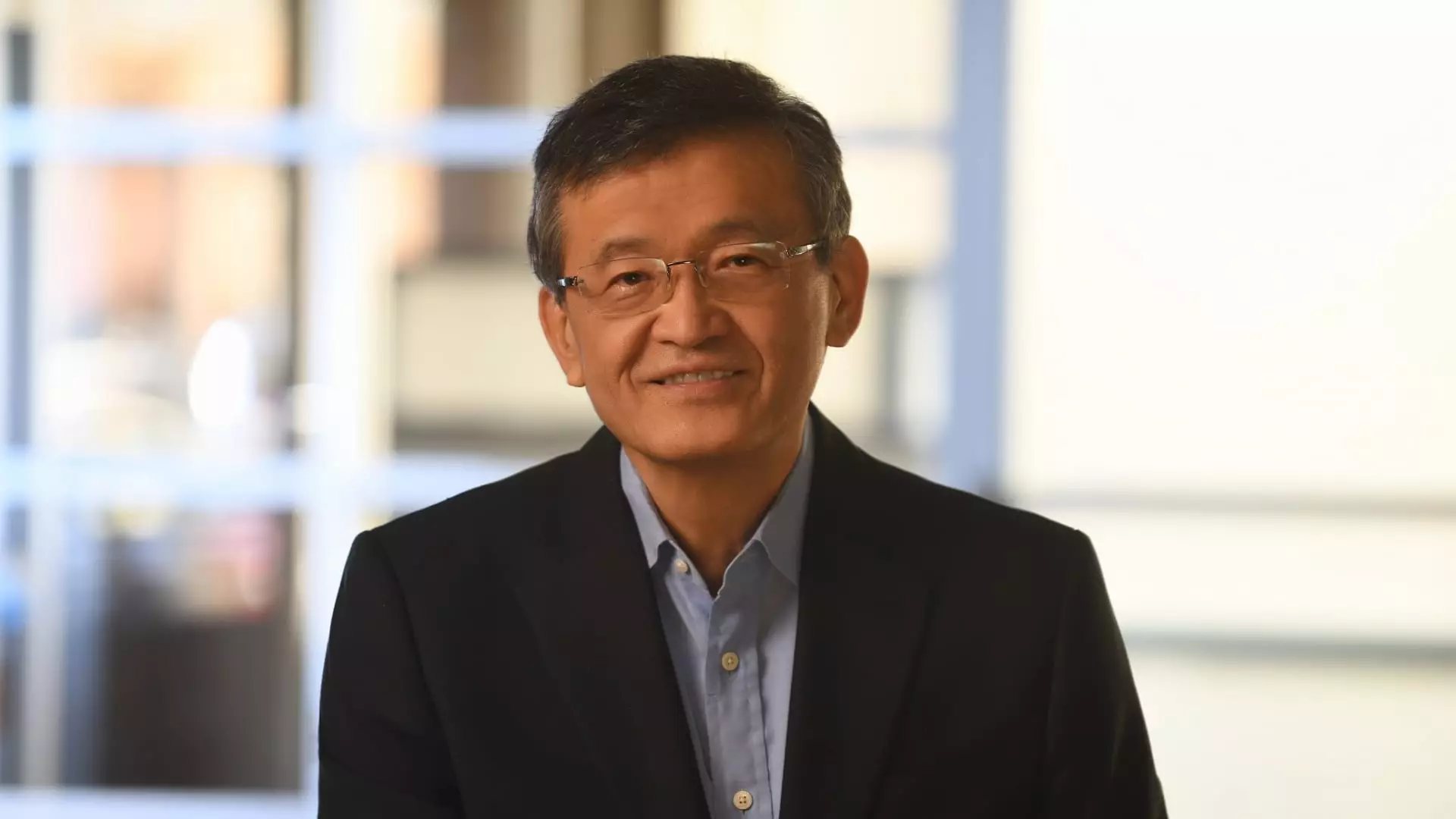In a bid to turn the tide, Intel has ushered in a new era by appointing Lip-Bu Tan as its chief executive officer. This monumental shift comes on the heels of four tumultuous years under Patrick Gelsinger, during which Intel faced mounting pressure and escalating market challenges. It’s telling that, upon Tan’s appointment, shares surged by 12% in after-hours trading—a clear indication that investors are eager for a fresh strategy to revitalize a company whose reputation has waned.
Tan’s appointment is significant not only for its immediate bullish reception but also because he clearly understands the semiconductor landscape. Having previously served as the CEO of Cadence Design Systems, a pivotal player in chip design software, Tan brings a wealth of industry knowledge and experience back to Intel. This move represents a calculated gamble by the board, especially as they grapple with a past marred by leadership inconsistencies and market pressures.
The Legacy of Leadership Failures
Tan is stepping into a role that has been characterized by instability. Over the past seven years, Intel has gone through four permanent CEOs, a phenomenon that signals deeper systemic issues within the company. Successive leaders, including Brian Krzanich, Bob Swan, and Gelsinger, have failed to reinvigorate Intel’s legacy as a semiconductor behemoth. From Krzanich’s scandal-induced resignation to Swan’s inability to navigate fierce competition, these leadership changes highlight a chaotic corporate culture struggling to adapt to fast-moving technological advancements.
What’s confounding is the stark contrast in fortunes between Intel and competitors like Nvidia, which exponentially increased its market cap. While Intel’s stock took a nosedive, Nvidia capitalized on a booming demand for artificial intelligence applications with its cutting-edge GPUs, leaving Intel scrambling for relevance. This reveals a significant failure in foresight and adaptability at the highest levels of Intel’s management.
Assessing the Market Landscape
Tan’s mission is clear: Intel must regain its footing in the burgeoning AI market, where it has been outpaced by Nvidia. Impressively ready to position Intel strategically, Tan emphasizes a three-pronged approach: doubling down on successful areas, taking calculated risks to disrupt competition, and accelerating progress in lagging sectors. However, the feasibility of this approach is still under scrutiny.
Intel’s operational struggles have compelled investors to push for cost reductions and potential spin-offs of less profitable divisions. The company’s previous commitments to massive factories, like the $20 billion facility in Ohio, have raised eyebrows and instilled a sense of financial trepidation among stakeholders. Critics point out that while manufacturing might seem beneficial in the long term, the immediate financial burden could deter necessary agility. Additionally, with recent reports of a looming tariff landscape, uncertainty only multiplies.
Investor Sentiment and Letdowns
This transition reflects broader investor sentiment, which has grown weary of Intel’s frequent setbacks and disappointing forecasts. For instance, despite beating earnings expectations, a lackluster outlook earlier this year emphasized ongoing challenges like client inventory management and seasonal demand fluctuations. When combined with the backdrop of an unfavorable economic landscape, it paints a concerning picture that demands innovative and assertive leadership.
Interestingly, interim executive chair Frank Yeary has gone on record to praise Tan’s track record in creating shareholder value. However, it’s essential to scrutinize whether Tan’s past successes will translate into tangible results at Intel. The multi-billion-dollar valuations of competitors loom large, and it remains to be seen whether Tan possesses the strategic vision to elevate Intel back to its vaunted position in tech.
Looking Ahead
As Tan prepares to deploy his strategies, the stakes have never been higher for Intel. With its market capitalization now dwarfed by rivals like Nvidia, the pressure to enact meaningful change is palpable. This leadership transition may very well serve as a litmus test for what the semiconductor giant can achieve when faced with both internal challenges and evolving external competition. Time will tell if Tan’s vision will resonate beyond boardroom discussions and permeate the product pipelines that have, until now, stagnated in a fast-moving industry. Intel’s saga is far from over; if anything, a significant chapter is just beginning.

